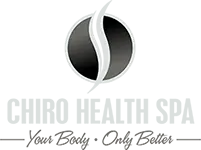Have you been dealing with shoulder pain? You’re not alone – 70% of people experience shoulder pain at some point in their lives. The shoulder is the most mobile joint in the body, making it susceptible to injury, and because of how many muscles attach to the joint, it’s easy for muscle problems to develop.
The shoulder is a “ball-and-socket” joint – in essence, it’s a giant ball that fits into the inner part of the shoulder. Although very useful, that joint can easily get worn down, causing pain that can refer to the remainder of the arm. Shoulder problems can also be from another connected area, such as the neck or upper back. That’s why poor posture is a common cause of shoulder pain – putting other areas under stress causes the shoulder to do more work than it wants to.



